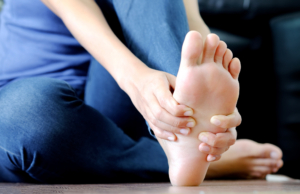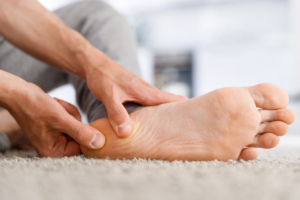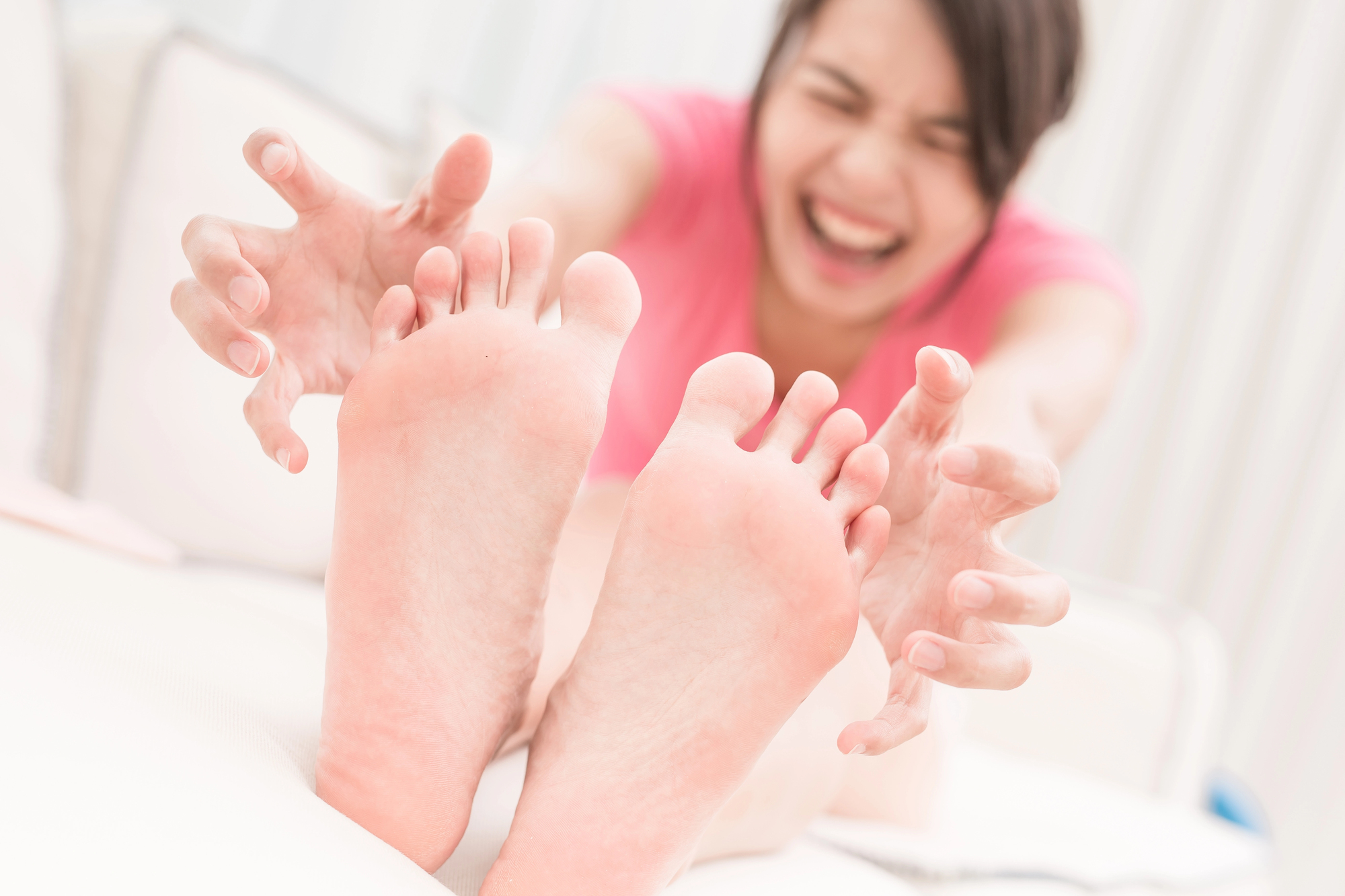Recognizing the First Signs of Plantar Fasciitis
And How to Curb It
Plantar fasciitis is a common cause of heel pain, often affecting individuals who are on their feet a lot. Recognizing the early signs and taking steps to curb it can prevent the condition from worsening. Here’s a concise guide to help you identify and manage plantar fasciitis.

Early Signs of Plantar Fasciitis
Heel Pain in the Morning – Sharp pain in the heel when taking the first steps after waking up. Why It Happens: The plantar fascia tightens overnight and suddenly stretches when you stand up.
Pain After Prolonged Sitting – Discomfort or stabbing pain when you stand up after sitting for a long period. Why It Happens: The plantar fascia adjusts to a resting state and becomes irritated when you resume activity.
Increased Pain After Exercise – Pain intensifies after physical activity rather than during it. Why It Happens: The plantar fascia may become inflamed from repetitive stress and impact.
Tenderness at the Bottom of the Heel – Sensitivity or tenderness at the base of the heel. Why It Happens: Inflammation of the plantar fascia can cause localized tenderness.
Swelling and Stiffness – Mild swelling and a feeling of stiffness in the heel. Why It Happens: Chronic inflammation and irritation can lead to swelling and decreased flexibility.

How to Curb Plantar Fasciitis
Rest and Ice – Reduce activities that put stress on your feet and apply ice to the affected area for 15-20 minutes several times a day. Benefit: Helps reduce inflammation and pain.
Stretching Exercises – Gently stretch your calves, Achilles tendon, and the bottom of your feet. Benefit: Increases flexibility and reduces tension on the plantar fascia.
Proper Footwear – Wear shoes with good arch support and cushioning. Avoid walking barefoot on hard surfaces. Benefit: Provides adequate support and reduces strain on the plantar fascia.*
Orthotic Inserts – Use over-the-counter orthotic inserts or custom-made orthotics. Benefit: Provides additional support and alleviates pressure on the heel.*
Anti-Inflammatory Medication – Take nonsteroidal anti-inflammatory drugs (NSAIDs) like ibuprofen as directed. Benefit: Reduces inflammation and alleviates pain.
* If you’re looking for proper footwear or orthotic inserts, you have to check out Fleet Feet. They’re not only experts at finding shoes that fit you specifically, they’re also conveniently located just two doors down from our studio!

By recognizing the early signs of plantar fasciitis and taking these preventive measures, you can manage the condition effectively and avoid more severe complications. If symptoms persist, consider consulting a healthcareh professional for further evaluation and treatment.
Other articles you might also be interested in: 8 Signs Your Body Is Craving A Massage
Tag: Recognizing the First Signs of Plantar Fasciitis

